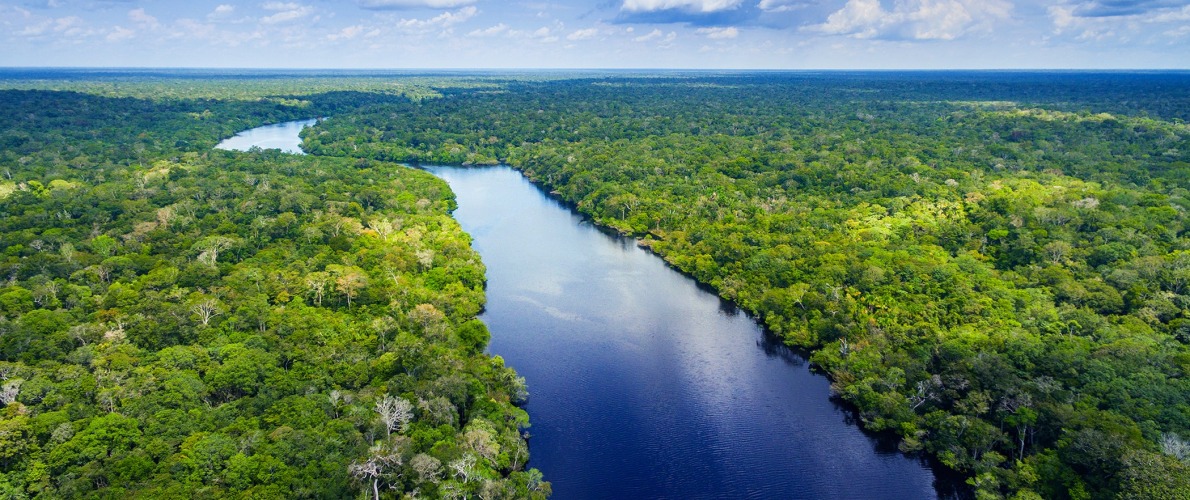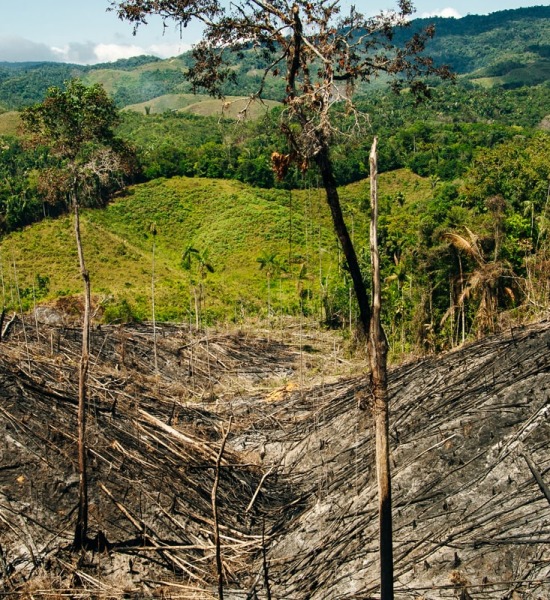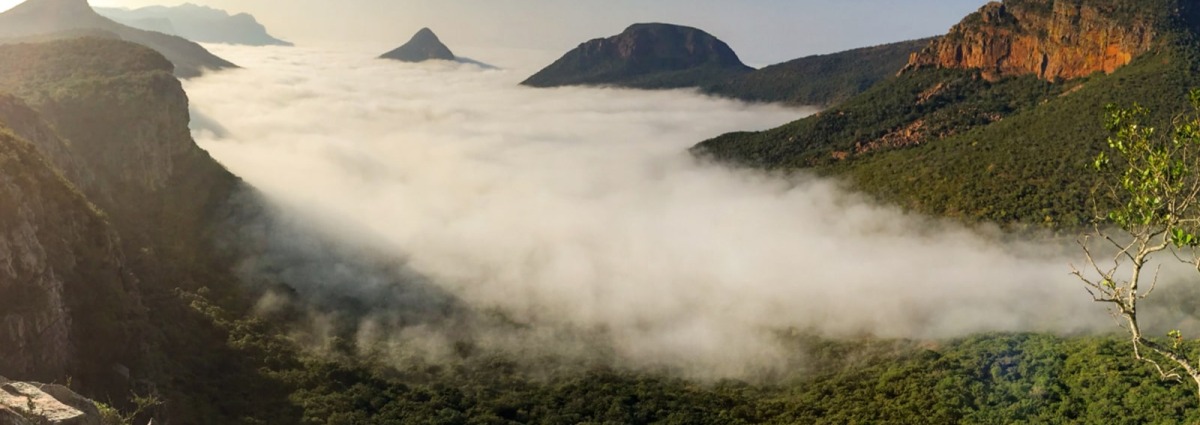
Jofre Velho Private Natural Heritage
Support More Work Like ThisSupport More Work Like ThisThis unique and highly productive ecosystem found primarily in the Mato Grosso and Mato Grosso do Sul states of western Brazil is filled with the greatest concentration of wildlife in South America.
-
Species at Risk
Jaguar (VU), Hyacinth Macaw (VU), Giant River Otter (EN), Brazilian Tapir (VU), Maned Wolf (NT)
-
Carbon stored
(Not Calculated)*
*(metric tons of CO2 equivalents) -
Partner
Panthera Brazil
-
24,640 Proposed Acres Conserved by
Designation
-
Project Cost: $500,000

24,640
This unique and highly productive ecosystem found primarily in the Mato Grosso and Mato Grosso do Sul states of western Brazil is filled with the greatest concentration of wildlife in South America.
-
Species at Risk
Jaguar (VU), Hyacinth Macaw (VU), Giant River Otter (EN), Brazilian Tapir (VU), Maned Wolf (NT)
-
Carbon stored
(Not Calculated)*
*(metric tons of CO2 equivalents) -
Partner
Panthera Brazil
-
24,640 Proposed Acres Conserved by
Designation
-
Project Cost: £413,223

24,640
Covering an area ten times the size of the Florida Everglades, the Pantanal is the largest tropical wetland on the planet. This unique and highly productive ecosystem found primarily in the Mato Grosso and Mato Grosso do Sul states of western Brazil is filled with the greatest concentration of wildlife in South America. Resting at the apex of the Pantanal food chain is the largest feline species in the Americas, the jaguar. Home to the largest jaguars ever recorded, the Pantanal offers excellent habitat that supports the world’s highest density of jaguars, as well.
Although the Pantanal is remarkably well-preserved, less than 2% of the wetland is federally protected. This leaves it vulnerable to threats from logging, hydrological projects, mining, large scale agriculture, and water pollution. Unfortunately, habitat destruction is not the only danger facing Pantanal jaguars. Over 95% of the region is privately owned and used for cattle ranching; as a result, landowners treat jaguars as threats and shoot them on sight.
To protect the Pantanal and create a sanctuary for the region’s jaguars, Rainforest Trust has teamed up with local partner, Panthera Brazil, to purchase a 24,640-acre ranch located in the heart of the Pantanal’s wetland wilderness. Once purchased, the ranch will be designated as a Private Natural Heritage Reserve (RPPN).
This project is part of Rainforest Trust’s Million Acre Jaguar Initiative.
Explore Brazil


Baby South American Tapir, also called Brazilian Tapir or Lowland Tapir, by Nick Fox

Biodiversity
An ecosystem of truly astonishing productivity, the Pantanal is home to an extremely diverse assortment of wildlife that offers one of the greatest displays of animal abundance in the Western Hemisphere.
Flooded annually by tropical rains, the Pantanal transforms into an enormous spawning ground for fish and other aquatic wildlife for up to six months each year. With nearly 400 fish species swimming in its waters, the Pantanal contains one of the highest levels of freshwater fish diversity on the planet. Upon commencement of the dry season, flood waters retreat and the Pantanal attracts an impressive gathering of birds and other animals. The incredible diversity of birds documented in the region – the number is now 650 – attests to the Pantanal’s importance as a bird sanctuary. For wetland birds, the Pantanal is a critical breeding ground. Jabiru storks, herons, ibis, and ducks flock to the area in large numbers. Twenty-six parrot species have also been observed within the region’s sprawling wetlands. Among the most threatened is the Hyacinth Macaw, the world’s largest parrot. Approximately 3,000 Hyacinth Macaws, a large portion of the bird’s entire population, are found in the Pantanal. Eighty mammal species live in the Pantanal. Threatened species observed on the Jofre Velho (East) Ranch include marsh deer, giant anteater, giant river otter, bush dog, maned wolf, and the Brazilian tapir. The abundance of prey means that the Jofre Velho (East) Ranch is prime habitat for jaguars. Preliminary data from Panthera’s camera trap studies suggest a density of 8-10 jaguars per 60 square miles. This qualifies as the highest density in the world, and is approximately three to four times higher than jaguar densities in neighboring regions such as the Gran Chaco and Amazon Basin.
Challenges
The Pantanal’s rich natural resources make it particularly vulnerable to the encroachment of destructive large-scale agriculture. As witnessed in other parts of Brazil, the adoption of industrial farming techniques results in widespread habitat destruction. In addition, mining, water pollution, logging, and expanding human settlements threaten the Pantanal.
Perhaps the greatest threats to the Pantanal are plans for hydrological projects. The extensive dredging required for these projects would lower water levels and fundamentally alter the ecosystem by removing habitat characteristics upon which many species depend. Holding as many as 2,500 ranches, the Pantanal is home to nearly eight million cattle. Because the region is also prime jaguar habitat, frequent jaguar-cattle conflicts ensue. Many ranchers in the Pantanal perceive jaguars as ‘cattle-killers’ that threaten their livelihoods. For this reason, jaguars often are killed by ranchers.
Communities
The Pantanal is sparsely populated. Nearly all who live in the region (‘Pantaneiros’) are employed as ranchers and cowboys. They carry on proud cultural traditions – including local foods and clothing – that date back 200 years to the first days of Pantanal ranching.
Known for self-sufficiency, the Pantanal’s cowboys are some of the last of their kind in Brazil. As they have for centuries, these cowboys spend weeks on horseback in the Pantanal wilderness, driving herds between high and low areas as flood waters dictate.
Solutions
Together, Panthera Brazil and Rainforest Trust will buy and protect the 24,640-acre Jofre Velho (East) Ranch. Securing this tract will permanently protect vital wildlife habitat, providing Panthera Brazil with a permanent site from which to promote jaguar conservation and conduct research.
Along with two nearby conservation areas, Encontra das Aguas State Park and Sao Bento Ranch, protection of Jofre Vehlo Ranch will create a conservation area totaling more than 540 square miles. The size of this area and the protection it affords will provide a sanctuary for the Pantanal’s core jaguar population. Plans are under way to develop eco-tourism opportunities for local ranchers and farmers to supplement their incomes and reduce hunting pressures by monetizing jaguars’ presence. This income will offer locals an opportunity to preserve their environment and cultural traditions. It will also reduce pressure on ranchers to sell and convert their ranches into large industrialized farms that would destroy valuable jaguar habitat.



Partnering to Save the Rainforest
Our partners’ ability to work with their governments and build strong connections with local communities ensures the successful implementation of our projects.
Learn More About This PartnerLearn More About This Partner
